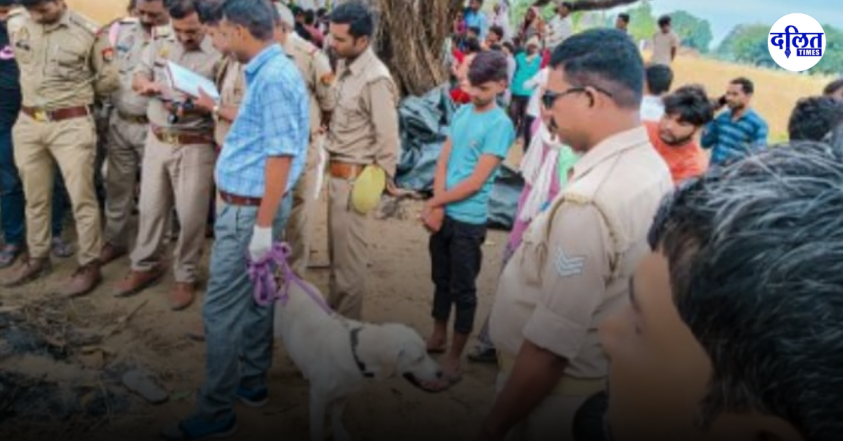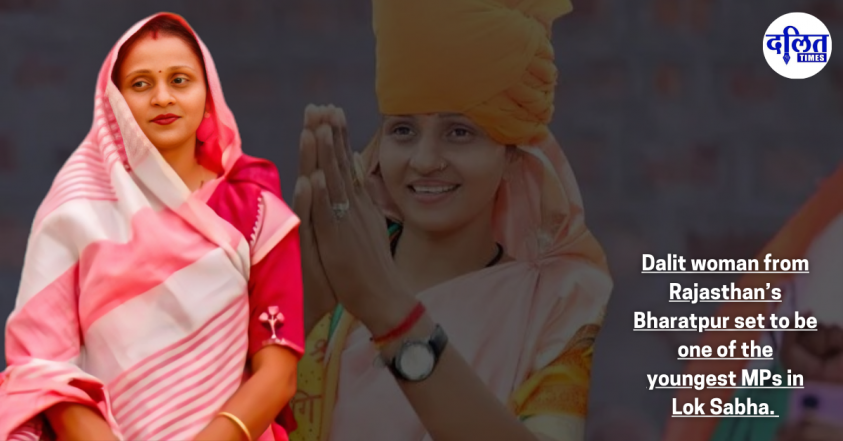After villages and towns, now caste has taken over social media also. The so-called upper caste people are proudly declaring their caste on social media. Because it shows them above others. But Ambedkarite girls have also started writing openly on social media and have started fighting against caste in this new era.. Read this article on social media and caste by Madhavi, who is doing internship in Dalit Times.
Small-town and village girls from all corners of India are taking to Instagram to loudly assert their caste and in the process making it the latest battleground for the country’s longstanding caste-specific politics. The BBC followed 100 accounts and also spoke to a number of influencers to understand what was going on.
Prominent influencers include 24-year-old Brahmin from Uttar Pradesh, Shivi Dikshit. Dikshit shares Reels with 150,000 followers on Brahmin supremacy, prohibiting inter-caste marriage, and quota for Dalits. Brahmins have a cultural upbringing unlike other caste groups, she says, wanting to spread her community’s ethos and busting the myths.
Even though caste-based discrimination is illegal in India, the mere mention of it pretty much determines the rest of your life — no exaggeration here! Dalits which constitute nearly 200 million people are the most marginalised. Dalit women challenge people like Dikshit on the same platform and about the same issue.
Also Read : Will the BJP Secure all Seven Seats of delhi or will I.N.D.I.A Bloc Sweep Over?
Seemi Milind Jadhav, a 22-year-old Dalit beautician from Mumbai, calls herself Bhimachi Sherni on her Instagram account in honor of Dalit icon Bhimrao Ambedkar. Seeing disinformation being propagated by upper-caste handles, Jadhav began creating her own Reels. Dr Ambedkar is like a father to me. And this is me being a lioness for my dad,” she said. Today she works with other Dalit women in the digital space to produce content on Ambedkarism and counter caste-based discrimination.
According to a report by the Centre for the Study of Developing Societies (CSDS), the social media space in India has become more “democratized,” especially among the less educated and rural population. It gave voice to women from different castes and backgrounds to speak out and resist male control. Some have started with TikTok for their online presence and then after the app was banned in India in 2020, moved to Instagram.
Also Read : 12th fail Movie and Hidden Caste privilege: A Critical Analysis from Dalit Perspective
These influencers often post content around “ideal” caste partner and criticize inter-caste marriages, echoing common societal beliefs. In a 2019-2020 Pew Research Center survey, more than 60% of Indians felt that it was important to discourage inter-caste marriage. A study by the Centre for the Study of Developing Societies (CSDS) mentions an “democratization of the social media.
It does — but it exacerbates polarization, too. Hilal Ahmed, an assistant professor at CSDS, argues, ‘Coming at least at the face of it, while these women claim some victimhood, they also claim that they do not fear anyone’. Meta has ever chapters HATE speech, merry that itself videos adheres reactions community standards.
Also Read : The Enduring Legacy: Dr. Ambedkar’s Letter to Pandit Nehru and the Spread of Buddhism
Social media provides a child bride-haunted Nigeria a platform to navigate patriarchy, and assert identity as millions of young women are not allowed mobile phone without permission from their parents. Unbox singh Greenwich, who began making Reels in secret, told BuzzFeed News she now proudly claims her Dalit identity and gets support from her family.
Like this social media trend, its the caste, the same age-old caste that was, is, how it rules India, and how people continue to be braided with it politically, culturally, even digitally.



